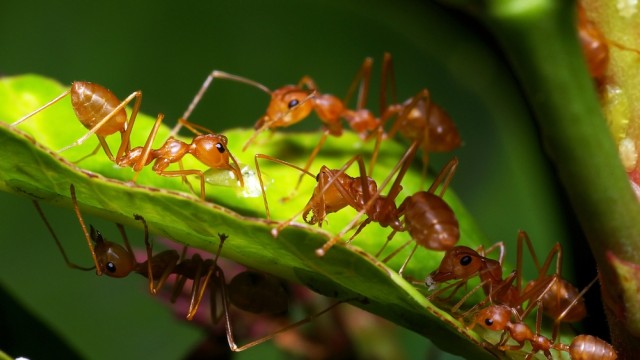
A classification analysis for species x potentials identified five groups of plant functional strategies, and we analysed their responses along a grazing intensity gradient both for native and non-native species. Valuation of the traits enabled calculation of the reproductive, vegetative and defensive potentials for each species. A total of nine morpho-functional traits (with a total of 24 attributes) were determined for 79 herbaceous plant species. We analysed the morpho-functional response of grassland species to a grazing intensity gradient (1–3.5 sheep ha−1) in the Mediterranean-type climate region of Chile. Virtually nothing is known about the fungi of the city, except those associated with lichens and those that cause ‘diseases’ in humans. This particularly applies to the highly urbanised city centre, the walls of building, monuments, tree bark and soils, which are now practically ignored in respect of algological and lichenological studies new, in-depth studies are needed urgently. The algal and lichen floras of Sofia have been poorly studied with little attention paid to them over the last few decades. Fallopia japonica is the most widespread non-native taxon, other non-native species include Eleusine indica, which is commonly found around the markets, and Ambrosia artemisiifolia, which is found along the railway tracks and on refuse dumps. The city’s flora includes 12 statutorily protected species, 14 Bulgarian Red List species and 11 Bulgarian/Balkan endemics. In terms of its history, the flora comprises 552 native species, 275 archaeophytes and 83 neophytes. The city contains 920 vascular species (21.26% of the Bulgarian flora). The flora of Sofia, which is formed by Centro-European species, is highly influenced by the flora of the surrounding mountains and the Sofia Plain. Solution to these problems must involve the following: (1) better enforcement of legislation governing the sale and transport of live organisms, (2) development of native-species aquaculture, and (3) public awareness programs on the adverse impacts of exotic species to the native fish fauna. Tilapine species, the most widely distributed exotics within the state, have had negative impacts on fisheries and on fish species compositions in reservoirs. fasciatum in areas where only the first species naturally occurs. Genetic problems can also be foreseen with the release of hybrids of Pseudoplatystoma corruscans and P.

The widespread introduction of the peacock bass and other piscivorous species is the cause of local extinctions in the central lake of Lagoa Santa and in the Rio Doce valley lakes. The recent introduction of Leporinus macrocephalus from the Pantanal may cause the same impact to the native L. eques, can be captured from the same water body and the non-native species can be much more abundant than the native species. Congeneric species, such as Hyphessobrycon bifasciatus and the exotic H. In some of the most important river basins of that state, alien fish species might represent up to 40% of the fish fauna. In Minas Gerais, Brazil, records of exotic species have increased over the past seven years.

The few recorded benefits of non-native species introductions are restricted to the improvement of fish production and sport fisheries.

Known impacts of exotic fishes include native species extinction, changes in competition and predation rates, limnological perturbations, introduction of diseases and parasites, hybridization with native species, and changes in fisheries composition. In Brazil, despite federal and state regulations, there are misunderstandings about such concepts as native, exotic, allochthonous, or autochthonous fishes and introductions, translocations, reintroductions, and transfers of fishes. Accidental escapes also contribute significantly. There are many reasons for introductions: reservoir stocking programs, aquaculture, sport fishing, control of disease vectors, and the pet trade.

For some time, the rate of non-native fish introductions has been increasing in South America.


 0 kommentar(er)
0 kommentar(er)
